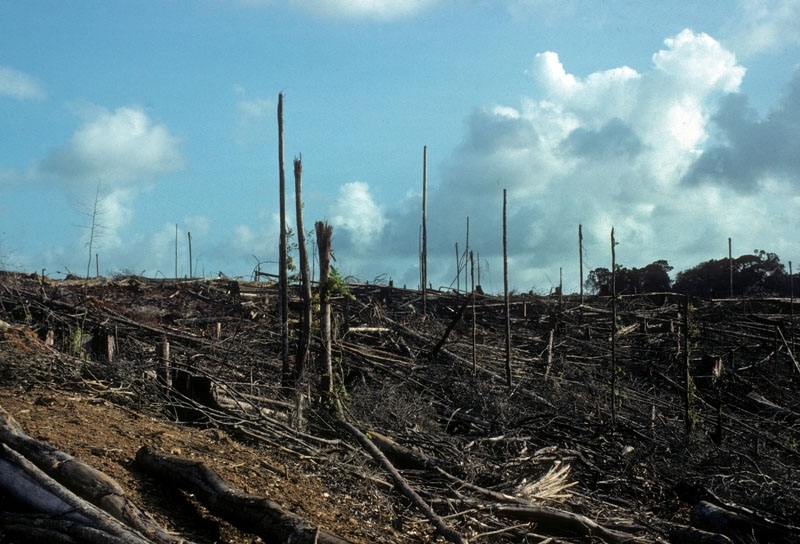Simon Black –
- Are the same old issues arising in your team?
- Is the team stuck in its ways?
- Are the team’s current work challenges seen as intimidating?
- Have you ever felt “we’ve been here before“?
- Are the moaners still moaning?
- Might the team admit to being stagnant, uninspired, or cruising?
What would make a difference; how can things change; are people the problem or is it something else? These issues are important in operational conservation field teams as much as in more complex interdisciplinary project teams (Black and Copsey 2014).
All teams go through various stages of development, from confidence to crisis, from challenge to success, from discomfort to familiarity, from suspicion to support. These cycles can occur in any order, sometimes a positive progression forwards but occasionally involving backsliding and disillusionment. A third common state is to have absolutely no change at all – being stuck in a rut – for months, or even years.
The classic observation on team development was made by Bruce Tuckman and his memorable ‘Forming-Storming-Norming-Performing’ model. This model is helpful because it sets out some of things to address which will help to oil the wheels of more positive team development.
Clear goals, clear ground-rules (i.e. the ways we work together, talk to each other and use the time and space that we share), clear roles. These are the simple building blocks of effective teams. These things give space for individuals to get on with the work that they do alone and to interact effectively in the things that they need to do together. Clarifying these things as a team should also give space for people to raise questions or challenge things which don’t work well or appear to have little purpose.
So change the way the team works without meddling with the people in it. This gives everyone the choice to make progress alongside their colleagues – which, frankly, most people are quite happy to do.
Reading:
Black, S.A. & Copsey, J.A. (2014). Purpose, Process, Knowledge and Dignity in Interdisciplinary projects. Conservation Biology. 28 (5): 1139-1141. DOI: 10.1111/cobi.12344
Tuckman, B.W. (1965) Developmental sequence in small groups.Psychological Bulletin 65, no.6: 384–99.
Tuckman, B.W. and Jensen M.A. (1977) Stages of small-group development revisited. Group and Organization Studies 2, no. 4: 419–27.




